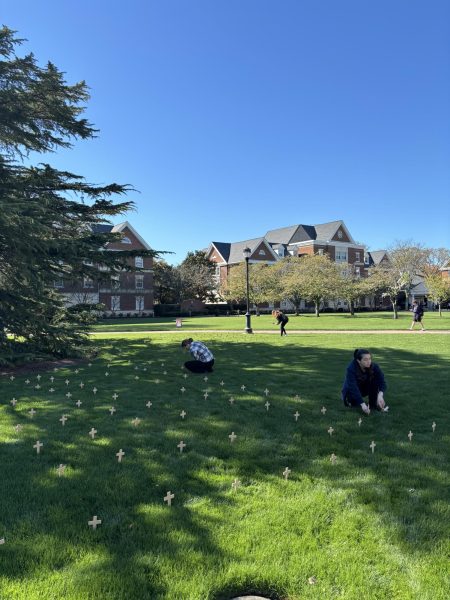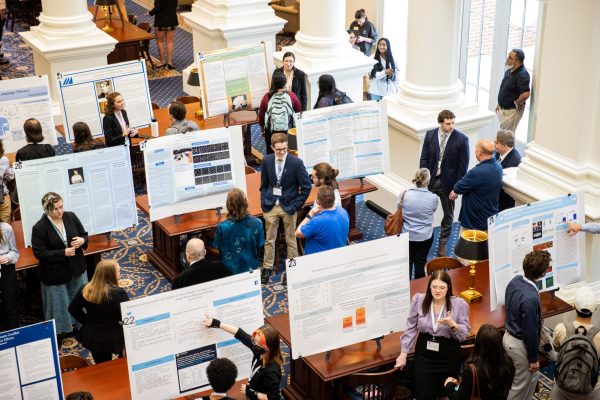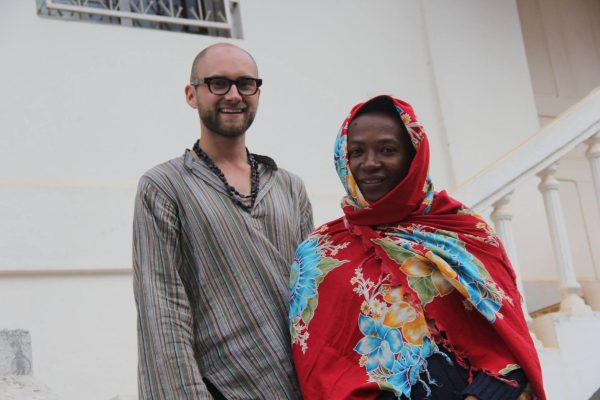Monkeypox on Campus Announcement Recap
In an email titled “Campus Health Update” that was sent to the CNU community on Sunday, Sept. 11, Interim President Adelia Thompson announced that a member of the CNU community had contracted the monkeypox virus.
The person informed the administration of their exposure to monkeypox on Friday. Thompson said, “We have been communicating regularly with them and they have been forthright and proactive in ensuring they protect our community while navigating next steps in dealing with this virus. As with any illness, their focus is on getting well and they will return to campus once they are no longer contagious.”
Thompson then went on to explain how monkeypox typically spreads as well as share some health precautions from the Centers for Disease Control (CDC) and the Virginia Department of Health (VDH). Monkeypox can be spread from intimate contact with an infected person, especially skin-to-skin contact. A person can spread the virus from when their symptoms begin up until their rash has fully healed and new skin has formed; this whole process takes approximately 2-4 weeks.
The CDC and VDH advise people to avoid skin-to-skin contact with people who have a rash resembling monkeypox, avoid contact with any objects used by someone infected with the virus, and wash hands frequently.
Monkeypox cases have been reported in every state and since the beginning of May, there have been over 21,000 cases of reported monkeypox, according to NBC News. Washington D.C. has the highest rate in the country at 68.20 cases per 100,000. NBC News also reports that the seven-day average of reported new cases of monkeypox virus has gone from 463 on Aug. 10 to a decreased 242 as of Sept. 7.
In her email, Thompson said, “The campus ‘Strike Force,’ the group comprised of faculty and administrative leaders that monitored and led our campus response as we dealt with COVID-19, is also now monitoring this virus. Should there be additional developments they will be shared with you. We know how important communication is, especially regarding public health issues.”
Your donation will support the student journalists of Christopher Newport University. Your contribution will allow us to purchase equipment and cover our annual website hosting costs.





